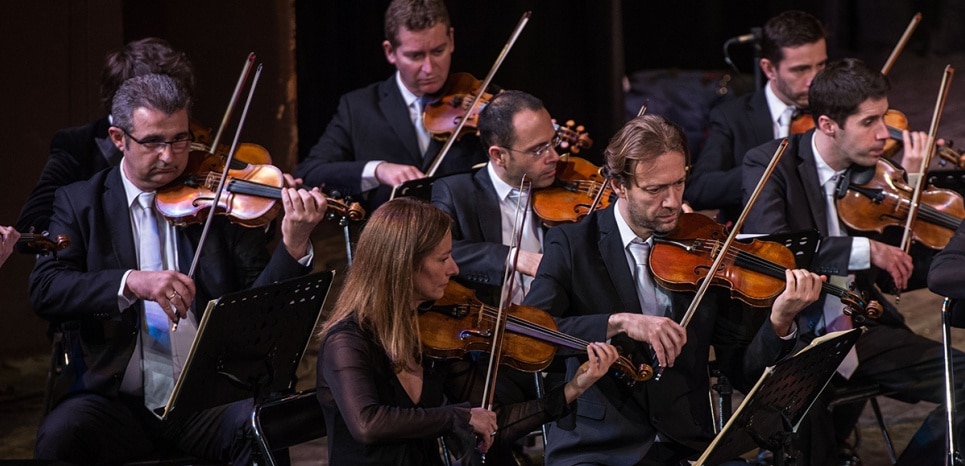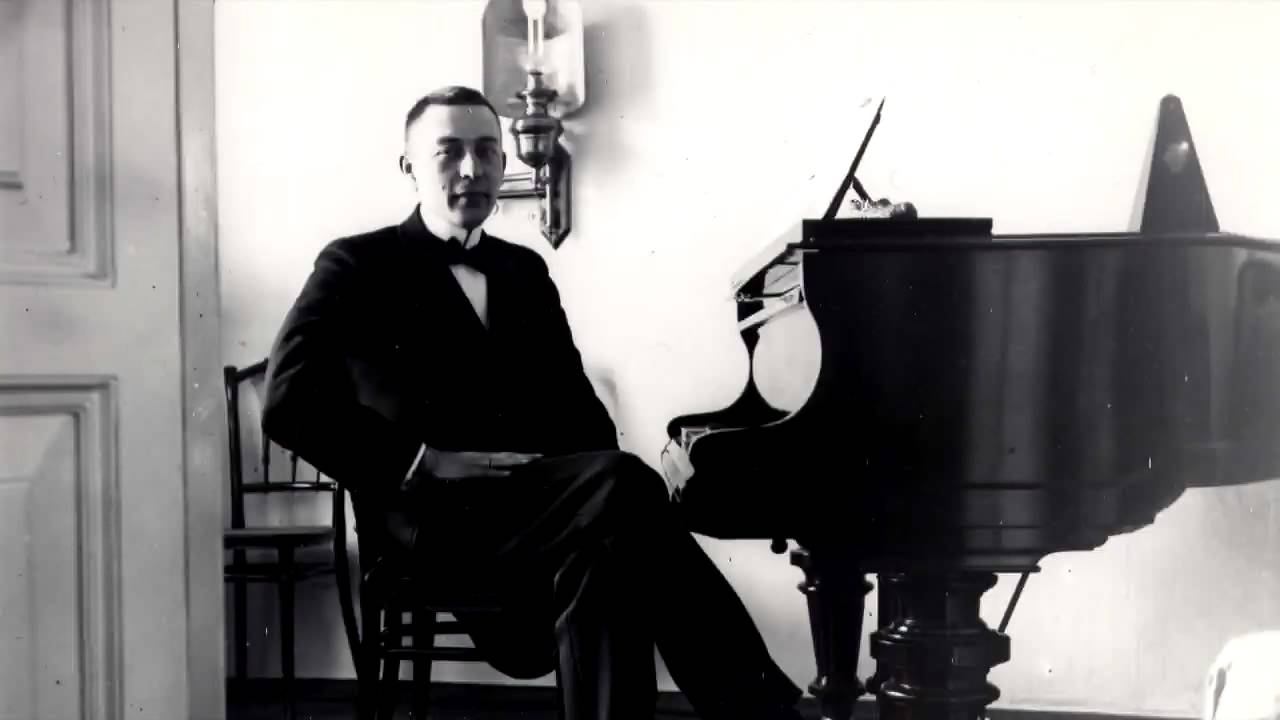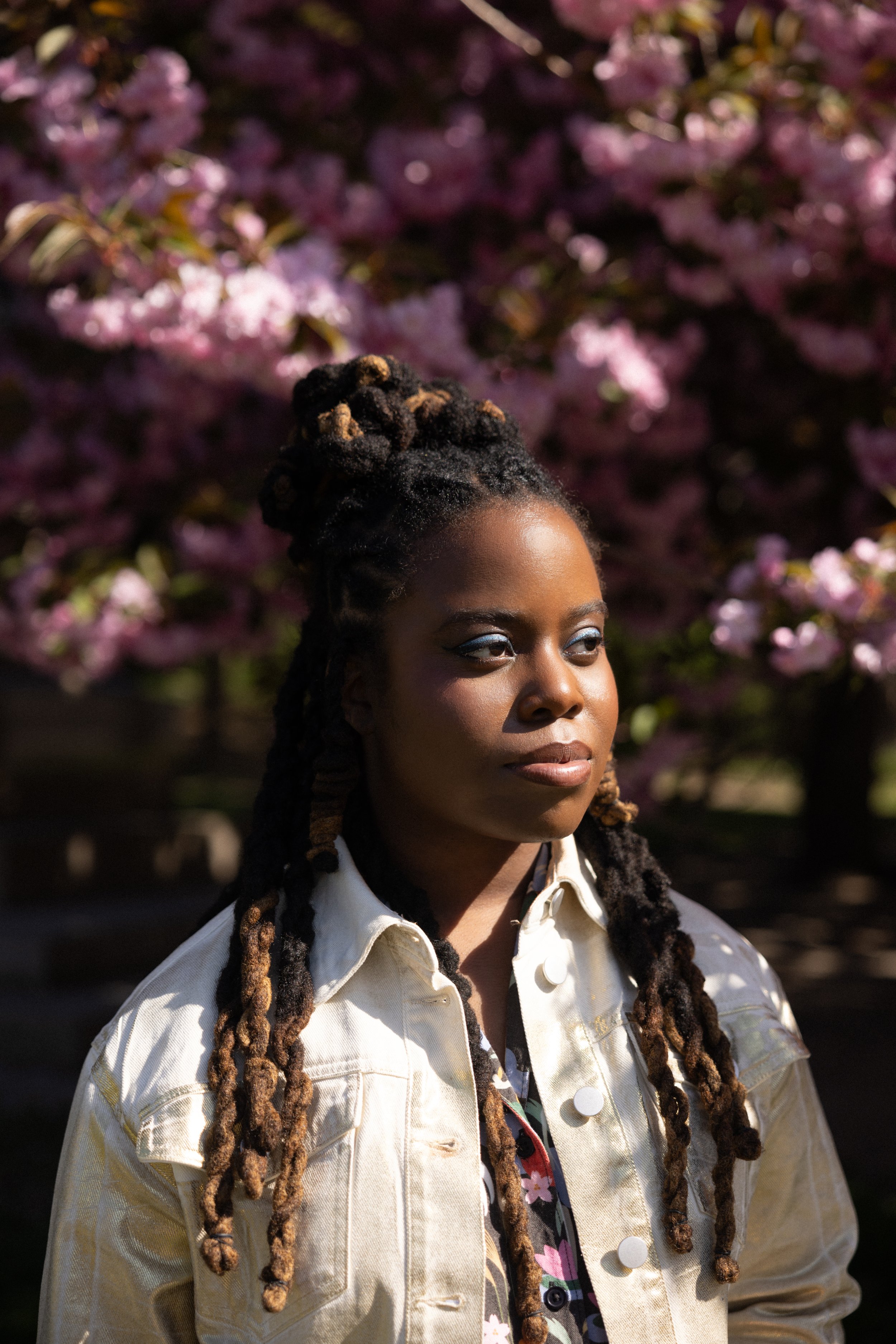Will I ever stop being a second violinist?
mainLaurie Niles has written a typically thoughtful reflection, describing what she calls ‘the toxic inferiority complex of the second violinist.’
She writes of a deeply ingrained mentality that many of us acquire, whether we want to or not, through years of a schooling system that emphasizes competition and hierarchy. It goes something this: the first violins are superior to the second violins. The seating is built on a competitive ranking system, and everyone is placed in order of ability, as the instructor or conductor views it. The best player is in the front, the worst player is in the back. The instructor may get this right, maybe not. People spend a lot of time looking around, assessing: is the person next to me better, or worse, and by how much?
Is there a remedy?
Read on here.






Comments